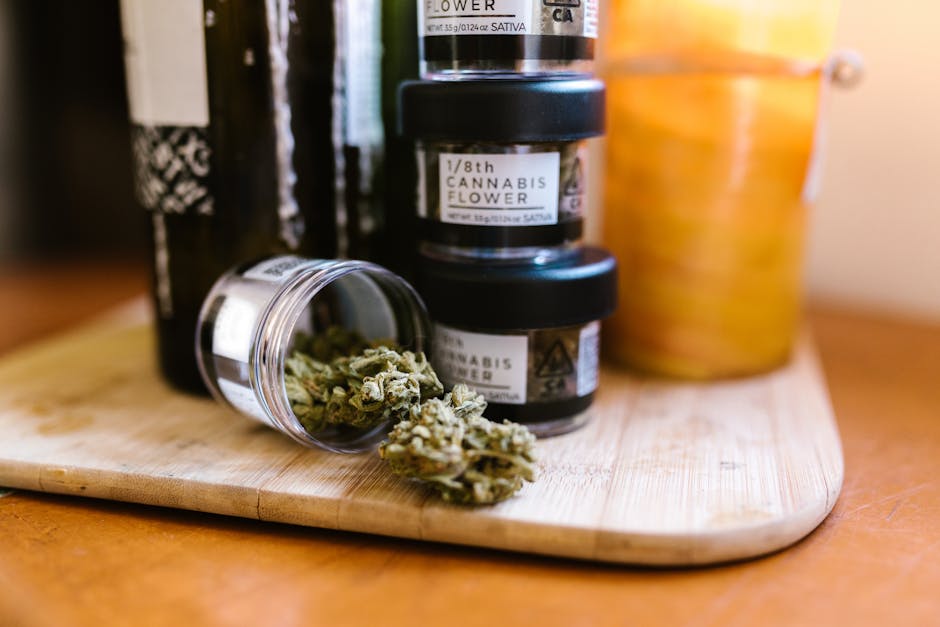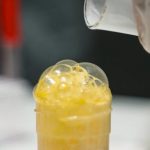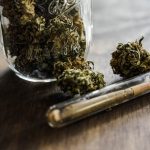Recent trends in drug trafficking have indicated a significant shift in the supply of cocaine to European cities, with Prague being one of the focal points. The influx of Brazilian cocaine into the Czech Republic’s capital has sparked concerns among law enforcement and health officials.
Background on Brazilian Cocaine
Brazil, known for its vast borders and extensive coastline, has become a critical transit point for cocaine shipments from South America to Europe. The country’s strategic location allows traffickers to exploit its borders, making it challenging for authorities to track and intercept drug consignments.
Routes and Methods of Trafficking
The primary routes used to transport Brazilian cocaine to Prague involve a complex network of air and sea routes. Traffickers often employ sophisticated methods, including the use of encrypted communication channels and clandestine transportation modes, to evade detection.
- Air transport: Cocaine is frequently concealed in luggage or cargo on flights from Brazil to European airports, including those in the Czech Republic.
- Sea transport: Container ships and private vessels are used to transport larger quantities of cocaine from Brazilian ports to European harbors.
Impact on Prague’s Drug Scene
The introduction of Brazilian cocaine into Prague’s drug market has led to an increase in cocaine availability and a subsequent decrease in prices. This has resulted in a higher demand, with more individuals being drawn into cocaine use.
- Increased availability: The fresh supply of Brazilian cocaine has saturated the market, making it more accessible to users.
- Decreased prices: As the supply increases, prices decrease, further fueling demand.
- Higher demand: More individuals are being drawn into cocaine use, posing significant health and social risks.
Law Enforcement Response
Authorities in Prague are working to combat the influx of Brazilian cocaine through enhanced surveillance, intelligence gathering, and international cooperation. Efforts to disrupt trafficking networks and intercept shipments are ongoing.
It is essential for the public to be aware of the risks associated with cocaine use and the importance of reporting suspicious activities to the authorities. By working together, it is possible to mitigate the effects of Brazilian cocaine on Prague’s drug scene and promote a safer community.
Health Risks and Consequences
The increased availability of Brazilian cocaine in Prague has led to a rise in cocaine-related health issues. Cocaine use can have severe physical and mental health consequences, including heart problems, respiratory issues, and psychological disorders. Furthermore, the risk of overdose and addiction is high, making it essential for users to seek help and support.
Support and Treatment Options
For those struggling with cocaine addiction, there are various support and treatment options available in Prague. These include:
- Counseling: One-on-one or group therapy sessions to address underlying issues and develop coping strategies.
- Rehabilitation programs: Inpatient or outpatient programs providing a structured environment for recovery.
- Support groups: Peer-led groups, such as Narcotics Anonymous, offering a sense of community and shared experience.
Community Response and Prevention
To combat the impact of Brazilian cocaine on Prague’s communities, it is crucial to focus on prevention and education. This can be achieved through:
- Public awareness campaigns: Raising awareness about the risks and consequences of cocaine use.
- Education programs: Providing information and resources to schools, community centers, and other organizations.
- Community outreach: Engaging with local communities to build trust and provide support.
International Cooperation and Future Steps
The influx of Brazilian cocaine in Prague highlights the need for international cooperation and collaboration. Law enforcement agencies, governments, and health organizations must work together to:
Share intelligence and best practices to disrupt trafficking networks and prevent the spread of cocaine.
Develop and implement effective strategies to reduce demand and support those affected by cocaine use.
By taking a unified and proactive approach, it is possible to mitigate the effects of Brazilian cocaine on Prague and create a safer, healthier community for all.
Challenges in Combating Brazilian Cocaine
The fight against Brazilian cocaine in Prague faces several challenges, including the complexity of trafficking networks and the limited resources available to law enforcement agencies. Additionally, the corruption and organized crime involved in the cocaine trade make it difficult to disrupt and dismantle these networks.
New Technologies and Tactics
To stay ahead of traffickers, law enforcement agencies are leveraging new technologies and tactics, such as:
- Artificial intelligence: AI-powered tools are being used to analyze and identify patterns in trafficking networks.
- Encrypted communication: Law enforcement agencies are developing strategies to intercept and decode encrypted messages used by traffickers.
- Undercover operations: Police are conducting undercover operations to infiltrate and gather intelligence on trafficking networks.
International Cooperation and Information Sharing
International cooperation and information sharing are crucial in the fight against Brazilian cocaine. Law enforcement agencies from different countries are working together to:
Share intelligence and best practices to disrupt trafficking networks and prevent the spread of cocaine.
Develop and implement effective strategies to reduce demand and support those affected by cocaine use.
Examples of successful international cooperation include the SEACOP program, which brings together law enforcement agencies from Europe, the Americas, and Africa to combat cocaine trafficking.
Supporting Victims and Communities
The impact of Brazilian cocaine on individuals and communities in Prague cannot be overstated. It is essential to provide support and resources to those affected, including:
Addiction treatment: Access to effective treatment and rehabilitation programs for those struggling with addiction.
Community outreach: Engaging with local communities to build trust and provide support.
Victim support services: Providing assistance and resources to victims of cocaine-related crime.
A Way Forward
Combating the influx of Brazilian cocaine in Prague requires a multifaceted approach that involves law enforcement, international cooperation, and community support. By working together and leveraging new technologies and tactics, it is possible to reduce the supply of cocaine, support those affected, and create a safer, healthier community for all.







I found this article to be very informative and well-researched. The section on routes and methods of trafficking was particularly interesting, as it shed light on the sophisticated tactics employed by traffickers.
I appreciated the background information on Brazilian cocaine and its significance in the global drug trade. It helped me understand the context of the issue.
The article raises important questions about the effectiveness of current strategies to combat drug trafficking. It\
This article provides a comprehensive overview of the recent trends in drug trafficking, specifically the influx of Brazilian cocaine into Prague. The author has done an excellent job in highlighting the complexities of the issue.
The law enforcement response section was very insightful. It\
The impact of Brazilian cocaine on Prague\
Overall, I found this article to be well-written and engaging. The author has done an excellent job in presenting a balanced view of the issue, highlighting both the challenges and potential solutions.